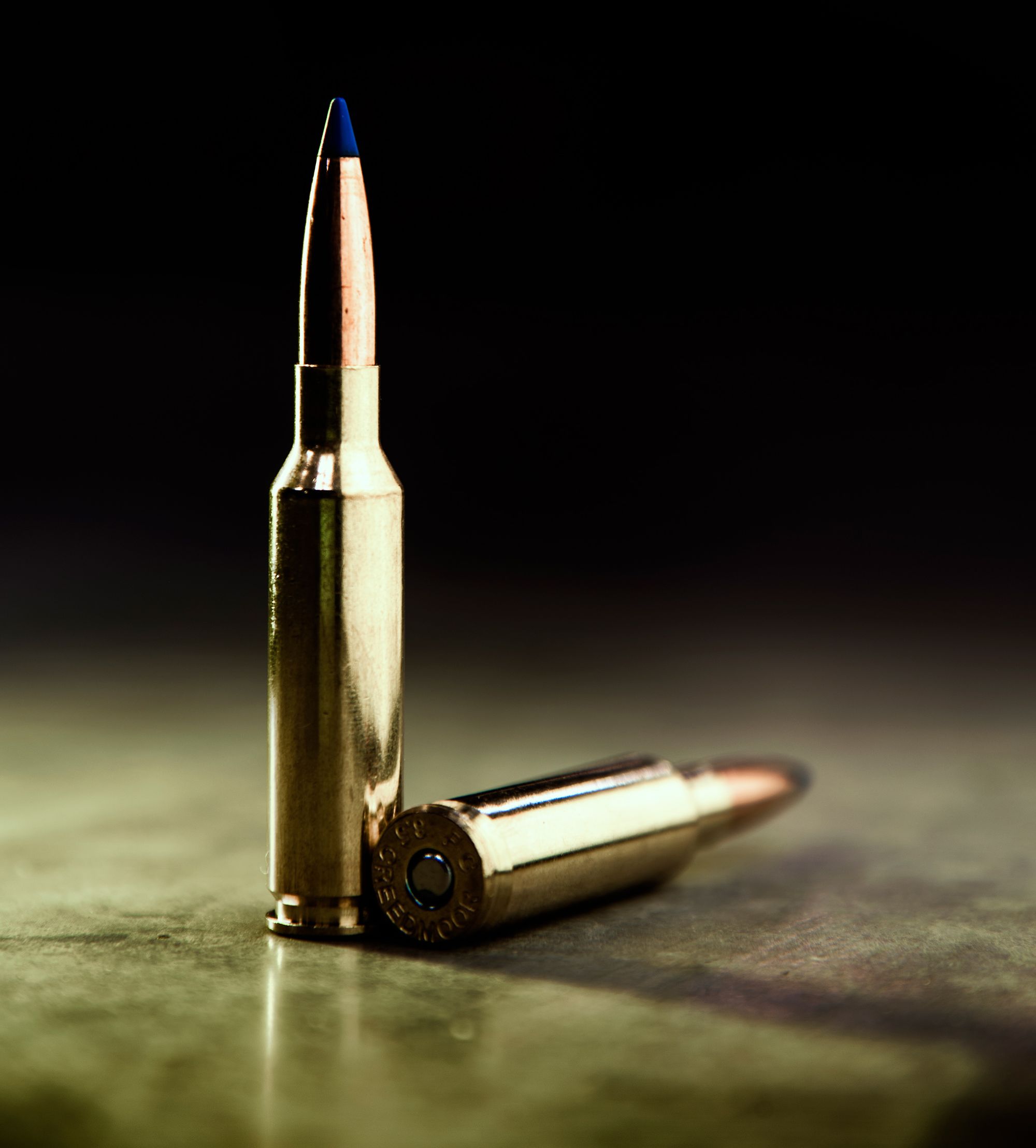The Venerable 6.5 Creedmoor

Many may think of the 6.5 Creedmoor as being a relatively new round, which is technically true. However, 6.5mm bullets have actually existed since 1890, and have been used by a multitude of countries since then!
The 6.5 Creedmoor grew out of the 6mm XC, a precision rifle round created and used by professional shooter David Tubb. It piqued the interest of many shooters but, as a hand-loaded round with precise data and specs being difficult to find, many had issues with its performance. Dennis Demille, the manager of Creedmoor Sports, manufacturer of the T2K rifle (which was one of the only rifles built specifically for the 6mm XC) would often get cornered by hand-loaders to be questioned about the performance of the round.
It was long before Dennis was approached by Hornady to begin mass manufacturing the round so that it would be available commercially. But, Hornady wanted to get it right. They set out with a shopping list of requirements that they wanted to meet before going live. The result was a round that was capable of filling most roles out to 1,000 yards. Hornady leveraged their Superperformance propellant to generate performance akin to a magnum load, but that minimized excessive recoil - making the round ideal for match performance but also a capable hunting round when loaded with the right projectile.
6.5 Creedmoor vs .260 Remington
The .260 is a popular hunting round that has comparable accuracy to the 6.5 Creedmoor. In fact, there was a point in time where some pointed the finger at Hornady for re-inventing the wheel. However, to understand the relevance of the 6.5 Creedmoor, we need to return to the intended purpose of it.
The 6.5 Creedmoor was specifically created to minimize muzzle blast and recoil, and was designed with match shooters in mind. As a result, the 6.5 Creedmoor holds slightly less propellant, but significantly reduces recoil and, as a result, the time for shooters to get back on target.
In fact, initially, the 6.5 Creedmoor was only loaded with target bullets. It wasn’t until later that Hornady began manufacturing them with 120 and 129 grain, GMX and Super Shock Tip, bullets, opening them up as a hunting round.
6.5 Creedmoor vs .270 Winchester
The .270 has a slight advantage over the 6.5 when it comes to velocity out of the gates. However, the further out that you measure that velocity, the more narrow that advantage becomes. While the .270 also has more energy at the muzzle, the advantage flip flops to the 6.5 at longer distances. 6.5 leads the .270 with slightly better performance with its trajectory, and is the clear winner in measuring recoil.
Another advantage that the 6.5 Creedmoor has over the .270 Winchester, is that the 6.5 rifles come with a short action, reducing the weight of the rifle platform. In addition to that, the lighter rounds further increase the weight reduction for shooters. For hunters in the field, especially those looking to take game at a closer range where the advantages of the .270 are mostly negligible, the 6.5 Creedmoor provides a valuable alternative to the .270 Winchester.
6.5 Creedmoor vs 7.62x51 NATO
In 2017, USSOCOM (U.S. Special Operations Command) conducted head to head tests between the 7.62x51 NATO and the 6.5 Creedmoor rounds (the .260 was also included) using several rifle platforms. While the .260 Remington performed with similar success, it was determined that the 6.5 Creedmoor offered more versatility than the .20 Remington.
The tests revealed that 6.5 Creedmoor nearly doubled the performance of 7.62x51 NATO at 1,000 yards, while performing with lower recoil! As a result: USSOCOM, DHS, DOD, and the US Navy adopted the 6.5 Creedmoor into multiple platforms.
Criticisms
Most, if not all of the criticisms surrounding the 6.5 Creedmoor center around comparisons to rounds like the 7mm-08, 7mm Rem Mag, .300 Win Mag, and .338 Lapua.
When evaluating the criticism, it’s important to remember that apples are always going to be different from oranges, and one should closely evaluate the different purposes these rounds were created for.
The 6.5 Creedmoor has it’s roots in long-range precision rifle marksmanship. It was designed to be aerodynamic, accurate, and to minimize recoil for rapid target acquisition on follow-up shots. Rounds like the 7mm Rem Mag on up to the .338 Lapua, were designed to be heavy-hitting powerhouses. That’s not to say that the 6.5 Creedmoor is a lightweight. It’s hard to believe it would have been adopted by USSOCOM if it were. But, the 6.5 Creedmoor was designed for uses requiring speed and accuracy inside of 1,000 yards while many of the previously listed competitors were designed for 1,500 yards+ or incredibly huge game. Could you use those other calibers inside of 1,000 yards? Absolutely. But, if your purpose requires multiple follow-up shots, you’d be at a severe disadvantage due to recoil.
In Closing
The 6.5 Creedmoor has soared in popularity in recent years, largely due to the widespread adaptation in the military and precision marksmanship world. It’s main advantages are its accuracy, distinctly limited recoil, and the versatility of the round when it comes to bullet weight and propellant.
While there are other cartridges that may do something better, it often comes at the cost of versatility, platform weight, or steeply increased recoil. Mission parameters will always be key when it comes down to selecting the most appropriate round and platform for your uses.

